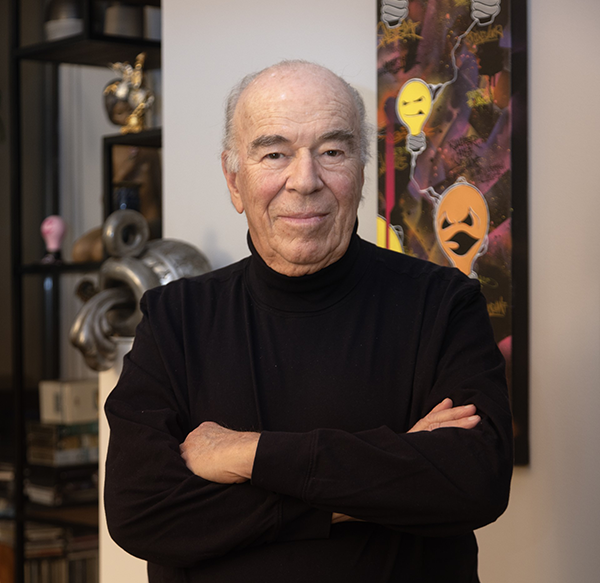Lawyers volunteered for what may have been the largest pro bono project ever
Slowed by bureaucracy
That’s one reason CP14 was criticized as being too bureaucratic. Osler, who handles commutations frequently as a law professor, was actively involved in CP14, helping to train volunteers and organize a law clinic at New York University. But he believes it could have been done better because CP14 added more bureaucracy to a DOJ process he thought was already bad at getting meritorious cases to the president.
Northern Illinois University political science professor P.S. Ruckman Jr. adds that Obama could have done it all in one step by granting amnesty—a mass pardon, like those granted to Vietnam-era draft dodgers in the 1970s. The Constitution permits this; in fact, it gives presidents the power to structure their clemency grants any way they like, without any need for congressional approval or judicial review.
But Ruckman says administration officials were nervous about getting “one Willie Horton kind of episode”—in which politicians who show mercy to prisoners are blamed for any crimes those prisoners later commit. They chose a much more complicated process that helped fewer people.
“Clemency 14 really just kind of amounted to outsourcing of the process and more bureaucracy and more waiting,” Ruckman says.
Felman doesn’t believe any of CP14’s reviewers were unnecessary. He says most of the volunteers needed help because they weren’t experts in federal sentencing, and CP14 felt an obligation to check that each petition met the government’s criteria.
If there were too many layers of review within CP14, they didn’t keep the project from vetting every case brought to it. By Roseberry’s count, it ultimately submitted 2,581 petitions—one for each applicant who leaders thought was qualified.
Roseberry says CP14 attorneys tried to err on the side of inclusiveness. For example, the government criteria excluded prisoners convicted of violent crimes, raising questions about whether crimes such as firearms possession count as violent. The project asked pro bono lawyers to examine the individual circumstances of each case. When they weren’t sure, they allowed the DOJ to decide.
Presidential review
At the other end of the process was Eggleston, then the White House counsel. He says his team also scrambled to make a recommendation to the president on every petition, particularly near the end of Obama’s presidency, when petitions increased dramatically. Eggleston estimates that they worked on 1,500 petitions in the last year of the term.
Eggleston’s own staff was freed up to help, as the need for duties such as selecting judges faded. And he kept hearing from lawyers elsewhere in the White House who volunteered, even though it meant working nights and weekends. In fact, they thanked him for the opportunity. “I think this project was enormously rewarding for the lawyers in the White House,” he says.
Eggleston says that was true for the highest-ranking lawyer in the Obama White House—the former president himself, who would call Eggleston in to debate the details of individual petitions. During his busy last week, Obama made time to review and grant 540 commutations, according to the DOJ.
The story Eggleston thinks best illustrates Obama’s commitment happened in April 2016, when seven clemency recipients (some from past administrations) visited the White House. Ostensibly, they were there to talk to staff about their experiences after prison and how to improve the justice system. But around noon, Obama walked into the room—and took them all to lunch.
“He was probably with them for an hour or so. And an hour is a huge amount of the time for the president of the United States. And he just wanted to hear their stories,” says Eggleston, now a partner at Kirkland & Ellis. “He cared a lot personally about this project.”
This article appeared in the August 2017 issue of the ABA Journal with the headline “Clemency Calling: Lawyers volunteered for what may have been the largest pro bono project in history."



